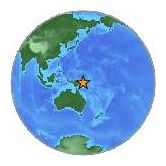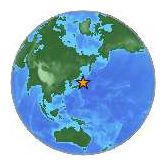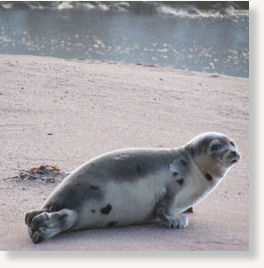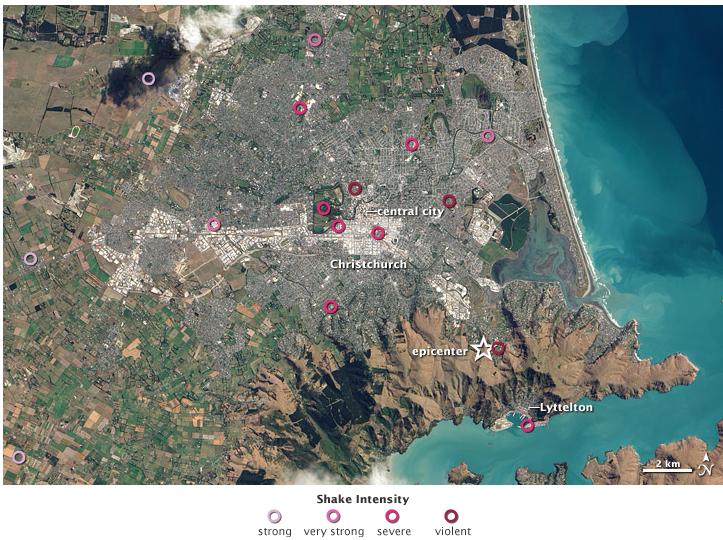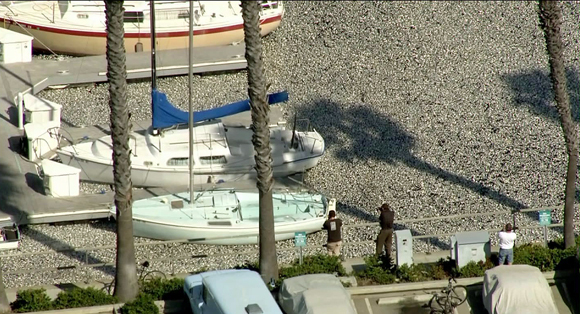
Heal the Bay, one of Southern California's leading ocean advocates, is looking for volunteers to help clean up millions of dead fish that washed up in King Harbor near Redondo Beach on Tuesday.
City public works crews cleaned up 35 tons of fish with skimmers and bulldozers on Tuesday, but much more work remains to be done.
The dead fish, mostly sardines along with anchovies and mackerel, floated up to the surface from the ocean floor.
About 200 city workers and 75 volunteers are working to get the fish out of the harbor. Redondo Beach officials estimate that the clean-up will cost at least $100,000.
Volunteers are working daily from 9 a.m. to 6 p.m.. "No experience or supplies are required -- only enthusiasm," Heal the Bay said in a statement on their website Wednesday.
Heal the Bay also said they are analyzing ocean conditions along with the Redondo Beach SEA Laboratory and the University of Southern California.
